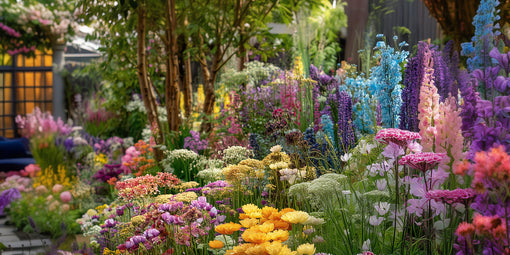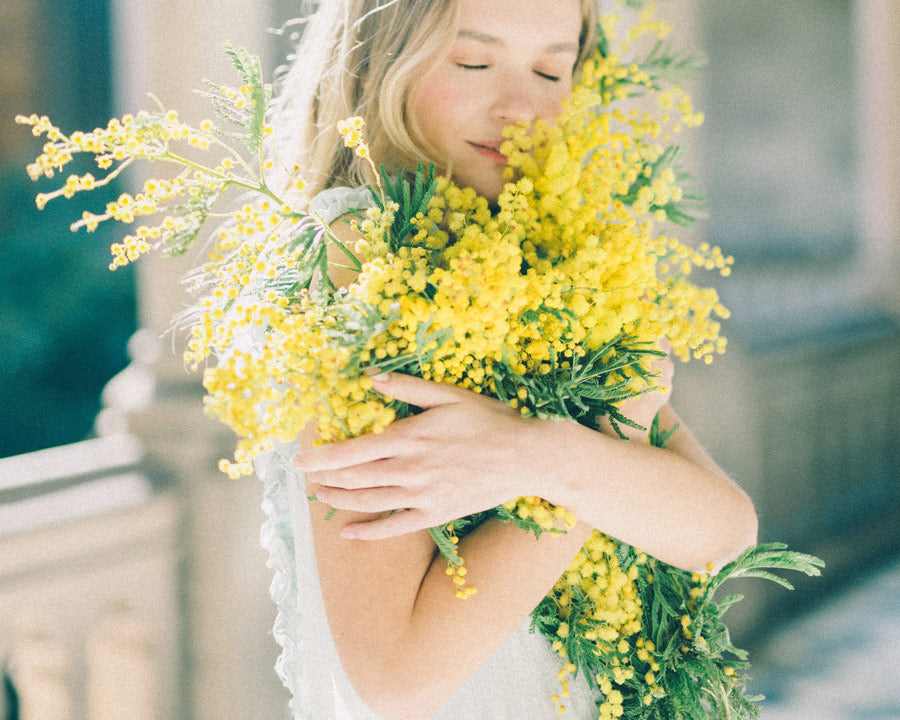
- Article published at:
Drawer menu

Discover an exclusive floral offer at the bottom of this post..
The mimosa is a very decorative, evergreen shrub which we appreciate for its winter flowering, With its bright yellow colouring and fragrant pom pom-like clusters, the Mimosa adds instant cheer to its surroundings.
In Latin, the mimosa is known as Acacia and belongs to the fabaceae family. There are more than 1,200 species of Mimosa, and most of them are native to Australia, but they can also be found in tropical and subtropical regions of Africa.
The Acacia was first introduced in areas of mild climate in 1850, where some became naturalised. The Mimosa makes beautiful cut flowering branches, and will last 7-10 days in a vase. They add a burst of colour and texture to any floral arrangement, and will also look lovely when dried.


The Mimosa has been an emblem of femininity and freedom since 1946 when it was adopted for Women's Right Day. This tradition comes from Italy, where Italian women chose yellow as the official colour.
At that time, the Mimosa was accessible to everyone and could easily be worn on a jacket as decoration. Nowadays, it has become a tradition for men to buy their loved ones a bouquet of mimosa flowers on Women's Right Day to show their appreciation.
The Mimosa also symbolises respect, elegance, dignity, abundance and kindness, making it a perfect gift for Mother's Day or for a dear friend. The Mimosa stands for the return of sunny days, and provides spiritual and emotional security.

The Mimosa can be planted indoors or outside your home in spring or fall. The flower likes sunny places, and should be well sheltered from the wind.
The best temperature for the Mimosa flower is generally between 23 and 25 degrees Celsius. It also prefers drained and stony soils.
What's your opinion on mimosa flowers? We at LOV Flowers love to hear from our readers so add a little comment below and let us know your thoughts.
Use code MIMOSA23 for 10% off your next order, view our collection of elegant blooms. Available for same day delivery in London and free next day delivery UK wide.